Do you need a refresher as a PSD?
By: Thomas Powell
A few nights ago, I was sitting at home discussing equipment sales with my better half. Someone had sent an email asking if a product was available, and I was making the effort to provide a prompt response. She asked who I was messaging on an evening at home and I explained my actions. She sat back and further asked about certification checks within the scuba industry. We chatted through refresher programs, card checks, teaching requirements, and various other things before she brought up public safety diving. I laughed and pointed out that she should look into studying dive law.
Training and Public Safety Diving
The first true step toward becoming a scuba diver is partaking in an open water scuba diving course. These types of classes typically involve academics and practical exercises to be completed in both confined and open water environments. Essentially, there is a mixture of knowledge and physical skill sets that must be combined and used in a comfortable and successful fashion in front of an instructor to ensure that a new diver can be reasonably safe participating in the sport. The problem with training is that it eventually ends. Over time, if you do not use the skills you learned, you may get rusty or simply lose confidence in your abilities.
The loss of comfort, confidence, and ability is why refresher programs were created. Ego, bravado, and various other attributes often get in the way of individuals who should be saying “Hey, I could use some help.” To overcome this issue (to a certain degree), some organizations started saying that if you had not logged a dive over a period of a couple years, you needed to spend some time with an instructor and get reacquainted with scuba diving. This concept gave businesses a reason to ask about diving histories and it gave divers a reason to agree to a refresher. This change obviously did not solve the world’s problems, but it was a step in a good direction. In reality, remember that personal responsibility in regard to your own safety and the safety of your buddies should be paramount in any type of unique activity.
Now we need to take things a step further
To partake in an Emergency Response Diver 1 (ERD 1) course, the current prerequisites state that a person must be a certified open water diver, at least 18 years old, and hold 1st aid/CPR training credentials. If these needs are met, a diver can now move forward into the training realm of public safety diving. The first responsibility of the instructor is to then evaluate the open water skills of the diver prior to starting the public safety program. So, we know that in a perfect world, the diver should be competent at this point in his or her training ventures if a public safety course commences.
For those of you who have not taken a public safety diving program, a course such as ERD 1 is just the beginning of a long training pathway. During the ERD 1 course, 8 major sections are covered as well as 45 subsections. Similarly, during the practical exercises, a diver must train through each potential team position while working as a team member and understanding how activities and interactions should play out during stressful scenarios. This education is all built on top of the basic skills that an open water scuba diver learns, and a certified ERD 1 Technician may move on to partake in operational specialties, ERD 2, or even an ERD Supervisor program. Just like any educational progression, knowledge builds the further you go and your overall skill set expands. Now, knowing this much, do you believe that a public safety diver should think about entertaining a “refresher-type” program at some point?
Oversight and Public Safety
With a general understanding of public safety diver training laid out, you may now ask yourself who oversees proper training, liability protection, or even ethical practices. The reality is that the team itself, or its larger department, carries most of this weight. Agencies such as Emergency Response Diving International work to ensure that if a team is seeking to be compliant with standards created by third-party groups, such as the National Fire Protection Association or the Occupational Safety and Health Administration, it can do so as long as the team follows the proper guidelines outside of the actual course itself. Despite this, these standards do not always apply to dive teams and, in many cases, departments are not required to follow (or remain complaint with) third-party standards. Instead, a department may create internal guidelines (which is typically done no matter what) which are felt to best provide proper avenues of action that allow for safe practices which conform to a team’s stated mission. Also, remember that the “boss” and even those who oversee budgets may have no background in public safety diving, diving in general, or recovery operations. With a lack of understanding, teams often find themselves getting only part of what they request as everyone must cut corners to make budget restrictions. Essentially, a team may find itself following guidelines created internally with a budget that does not purchase everything needed.
So, remember now that our diver has “been trained,” he or she is working with a team of some type, and is making due following departmental standard operating guidelines within a budget that can change. Again, would a refresher help this person refine what he or she already has in his or her own mental armory? Might this type of action be the one thing a diver can do for his or herself outside of the known complications we have mentioned?
Public Safety Skill Sets and Reality
Finally, let us say that our new diver becomes an active diver on our unnamed team. Over the course of a year, life happens and this diver has some family concerns, school comes and goes, internal departmental issues arise, and even a command structure changes. In that time, the budget gets thrown out, a new budgetary plan is developed, new leadership decides to alter training resources or programs, and maybe even a new search method is adopted by the dive team. Perhaps even new technology takes precedence and training time is allotted for device training that is pulled from subsurface training evolutions.
Essentially, during the year, let us say that the team planned to perform a minimum of 12 training days. Of that number, three days were altered to become technology training days, two days became family days due to unforeseen issues, one day was lost during the switch in command structure, and one day was lost due to bad weather. This leaves our diver with five training days during which he or she actually got wet with the team. Now you may say, “But he’s a diver! He’s definitely getting some water time at least doing some recreational I am sure!” In contrast to that idea, many public safety dive team leaders, instructors, and supervisors will suggest that their team members largely only dive during team events and operations and rarely dive on their own. Many public safety divers only get into this type of diving to support their communities or join special operations groups, so you cannot always lean on the hopes of extracurricular education and improvement.
Do you feel that five days in the water is enough out of 365 days for a diver to remain competent?
Maybe it is, but also remember that public safety divers carry bulky equipment, use redundant systems, and often dive in bad conditions. Similarly, teams often practice “team drills” or operational concepts that bring everyone together. Should some focus be given to basic diver skills?
The reality is that teams often have to keep themselves ready to operate. Many teams will take days or weekends out of a year to hit the pool and do basic skill reviews. These periods might be spent doing mask removals, gas switches, bailouts, or entanglement escapes. In many ways, these are refresher days. Perhaps every skill from an open water course is not practiced, but training officers often look for weaknesses and seek to fix known problems. In some cases, it may benefit a team to bring in an instructor and perform a full refresher program. In other cases, time and money would be better spent training on new material while allotting a day for basic practice at the pool. The truth is that you cannot let yourself get rusty and the training never ends. Methods and gear change, but safety is always paramount.
With every new public safety class my co-teaching peers and I begin, we always ask our public safety divers one question: “Take a look around the room and think about everyone here. If it is the middle of January and your closest loved one is trapped in freezing waters, do you trust every diver here to be the only hope to keep that person alive?” We tell them not to answer the question but that we know the answer is rarely a yes. We then tell them that this issue will not get fixed during the few days associated with a class. Despite this fact, the class will tell each diver if that level of trust can be earned and if possible problems can be overcome. In the end, divers must take care of each other and make sure that skill sets are proficient, knowledge is updated, and that missions can be accomplished in a safe fashion. If a problem exists, it can often only be fixed in the water. Sometimes, we have to take a step backward to practice, only so that we can take a stronger step forward.

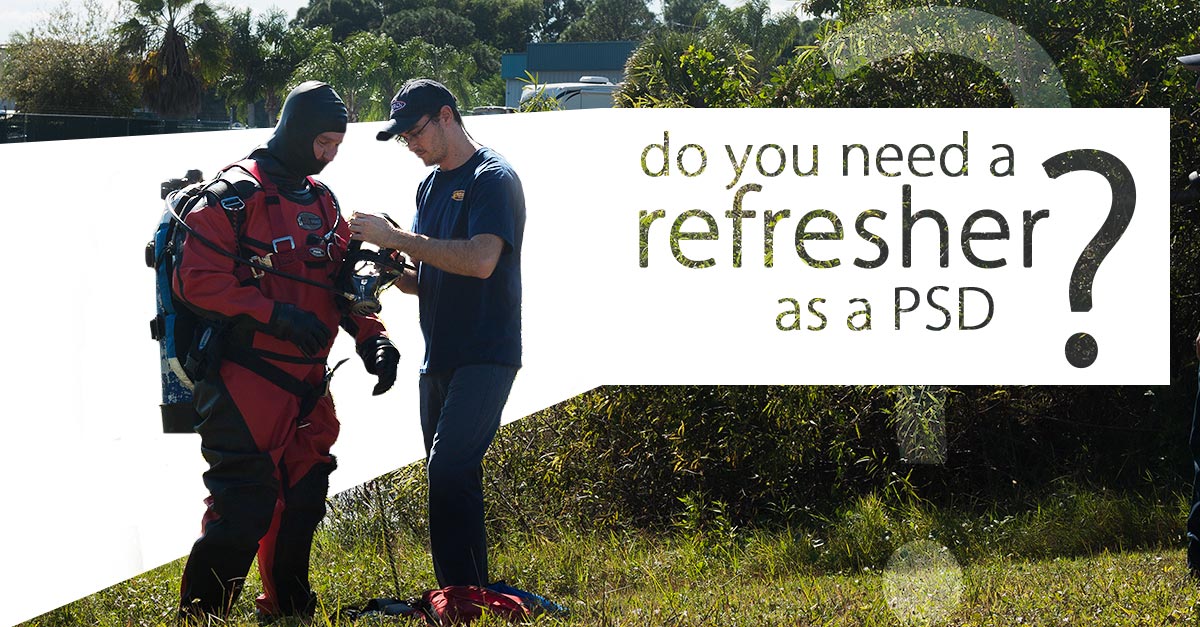
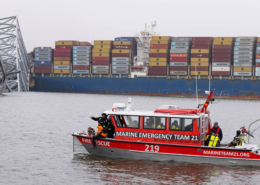 Photo By: Defense Visual Information Distribution Service
Photo By: Defense Visual Information Distribution Service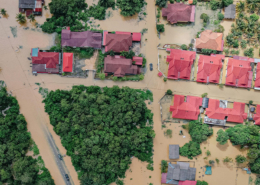

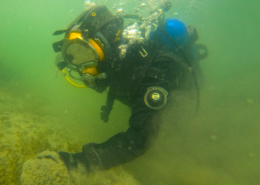
 Y. ZIN
Y. ZIN

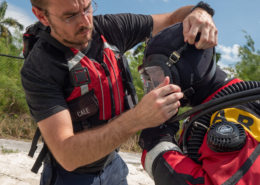
댓글을 남겨주세요
토론에 참여하시겠어요?언제든지 참여하세요!